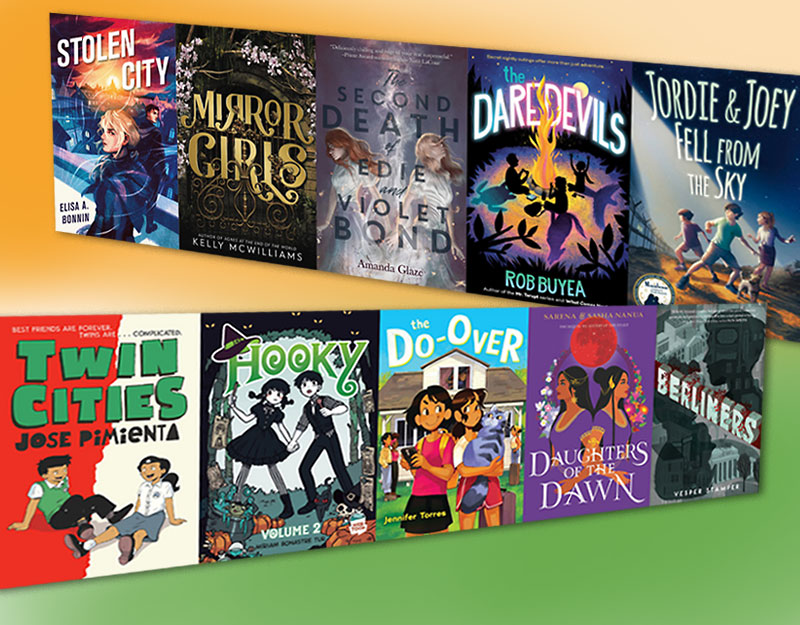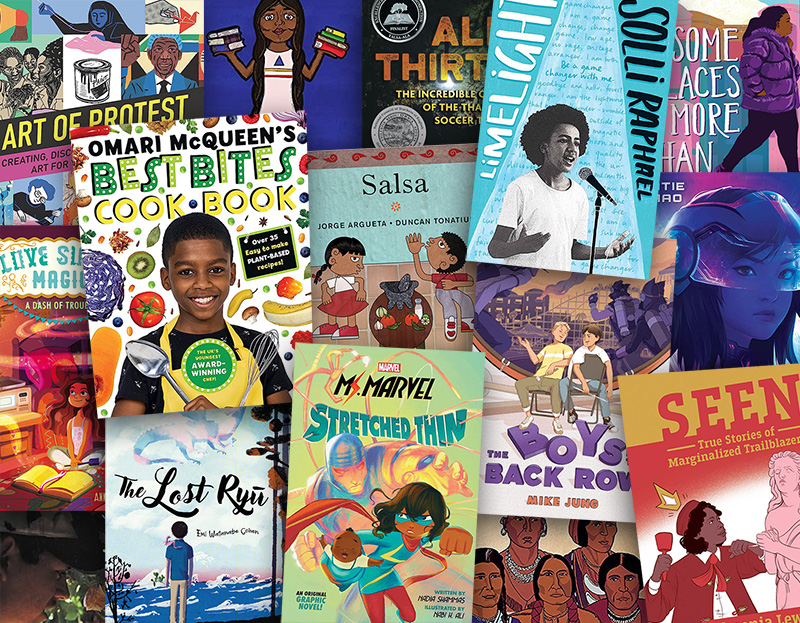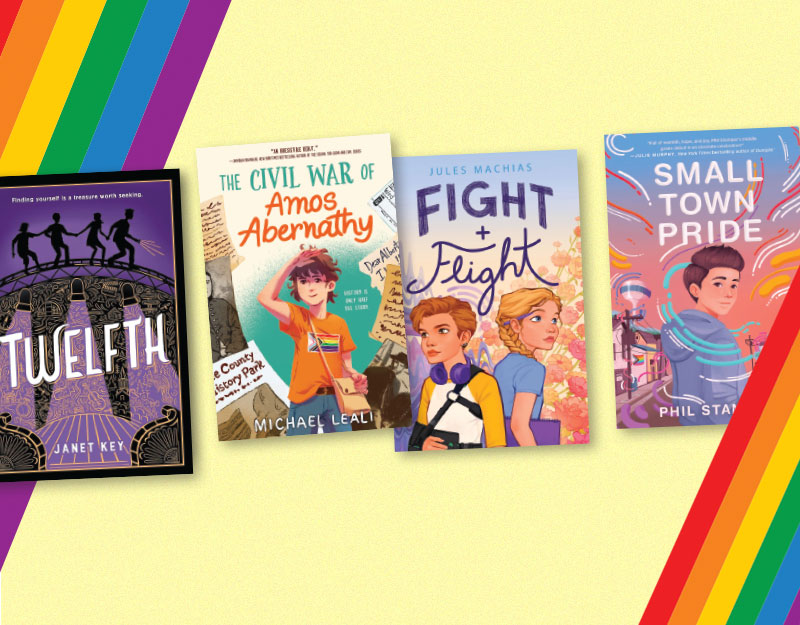Building an African Fantasy World for Goddess Crown, a guest post by Shade Lapite

In my first draft of Goddess Crown the heroine was a white girl with red hair and green eyes. She resembled the action heroines who’d made fleeting appearances in the books I grew up reading. This version of Kalothia hung around for a good number of drafts before it occurred to me that I could make her Black…like me. Immediately upon deciding to make her Black, I began to wonder about the world around her. Could she stay in the fantastical Victorian England environment I’d created? If she was going to live surrounded by people of a different colour, I’d have to talk about race, yet I was resolved that this fantasy adventure would not be a story about race. I moved her to a new location, a fantastical West Africa instead.
The change to an African setting was not a simple thing for a writer who grew up in England, learning European history and little else. I found there was a shorthand I had been using when I was writing stories rooted in European societies. I could say Medieval or Elizabethan to steer my readers to an era. I could measure in feet or pounds or acres and not have to explain any further. I could talk about sandwiches or pancakes or sausages and assume the reader understood. I could dress characters in skirts or trousers or even corsets without causing confusion. A simple key word and I knew most readers would keep pace because the legacy of historical European colonization across the Americas, Asia, Africa and Oceania has made certain touchpoints, from food to clothes to history, familiar and global. Using a European shorthand meant I could get on with telling the story and not worry as much about describing and explaining how the world worked.
ADVERTISEMENT
ADVERTISEMENT
However, the world of Galla was now African, so I applied myself to the interesting task of communicating objects and customs that were not globally shared. I simultaneously began work on acquiring a basic grounding in pre-colonial West African history. I immersed myself in research about the ancient empires of Ghana, Mali and Songhai. I was amazed by the variety of scholarship that was easily available and how little I’d known. The more I read, the more I could pour into my fictional world. I put Kalothia in a simple, baked-brick, clay house, marvelling at how the timeless building material acted as a natural thermostat, absorbing heat during the day and keeping the interior cool, then releasing it at night to warm the building.
I gave the Gallan citizens strings of cowrie shells to use as currency as was common until the 1800s. I had Kalothia hitch a lift across the country with a trade caravan – a large group of people travelling together on a commercial expedition – a common practice throughout West Africa that allowed people to trade goods with North Africa and further afield while staying safe from bandits.
In the palace the ancestorial royal line is memorialized with sculptures, modelled on the famous bronzes from the Kingdom of Benin. Luxury in the palace is conveyed through natural materials – leather, fur, gold, marble, clay, wood.

I also found I could tap into my childhood to enrich the world. My mother’s traditional outfits often consisted of a blouse, iro (wrapper) and head scarf. The rectangle of fabric that served as a wrapper had the versatility of a swiss army knife. In addition to its main function – being tied around the waist as a make-shift skirt – it could also be used as a blanket at night, a baby sling if a child needed to be strapped to an adult’s back, it was a shawl for the shoulders, a towel after a bath and a re-usable shopping bag if folded and tied well. Accordingly, Kalothia often has a wrapper to hand whether to hide her hair or utilize in some other way.
I gave Kalothia the concept of family I’d grown up with. One that was not limited to a nuclear unit of parents and children, but an expansive, inclusive community where blood relations and close friends are the same. Whether Kalothia is speaking of her parents or her non-biological guardians, she refers to them all as family.

I enjoyed laying meal tables with my favourite Nigerian foods: fried plantain, steamed beans, rice with stews, baked tilapia, goat meat and so on. I stuffed men up in the palm trees so they could tap the tree sap required to make palm wine for grand occasions. When Kalothia tastes a kola nut for the first time she shudders at the hot, bitter taste. A mirror of my own reaction the first time I tasted the small red nut that for centuries has been broken and shared at African gatherings as a symbol of respect, peace and community. Kalothia grows accustomed to the sharp taste and to breaking a kola nut at the start of her royal meetings.
For the locations I thought of family visits to Nigeria, of the rocky outcrops of Abeokuta that in the 1800s sheltered refugees from warring neighbours, the distinctive red soil of Ibadan, and leafy beauty of Ife. During her travels, Kalothia stops in a city called Ijanikin, named for a town where my parents decided to build a family house in the 1980s. I’ve read numerous fantasy books where characters visit Manchesters and Londons and Liverpools. It was delightful to label locations with names distinctive to West Africa.

ADVERTISEMENT
ADVERTISEMENT
Focusing on pre-colonial West Africa as a foundation for my fantasy writing feels like a long-form exercise that has started with Galla but will continue with future books. It has been fascinating and eye-opening and whetted my appetite to know more about the region. I hope the proliferation of fantasy books grounded in African societies will create familiarity for readers and a new shorthand. I hope it will inspire readers to learn more about the real places and people that underpin the stories.
Meet the author

Shade Lapite is a British-Nigerian who now lives in Canada. She studied journalism and works in marketing. She can be found celebrating authors of colour on her blog, CoffeeBookshelves.com, or obsessing over BTS on Instagram @ shadelapite. Website: https://shadelapite.com/
About Goddess Crown
In this thrilling Afro-fantasy, the first set in the lush, opulent kingdom of Galla, a girl raised in secret must leave her sheltered rural home for the subtle dangers of the royal court, where she becomes caught up in deadly power struggles and romantic intrigue.
Kalothia has grown up in the shadows of her kingdom, hidden away in the forested East after her parents were outed as enemies of the king. Raised in a woodland idyll by a few kindly adult caretakers, Kalothia can hunt and fish and fend for herself but knows little of the outside world. When assassins attack her home on her sixteenth birthday, she must flee to the king’s court in the West—a beautiful but lethal nest of poison, plots, and danger, overseen by an entrenched patriarchy. Guided by the Goddess herself, can Kalothia navigate this most worldly of places to find her own role? What if she must choose between her country and her heart? Excitement, romance, and a charismatic heroine shine in this first book set in the unforgettable kingdom of Galla.
ISBN-13: 9781536226522
Publisher: Candlewick Press
Publication date: 09/12/2023
Age Range: 13 – 17 Years
Filed under: Guest Post
About Amanda MacGregor
Amanda MacGregor works in an elementary library, loves dogs, and can be found on Twitter @CiteSomething.
ADVERTISEMENT
ADVERTISEMENT
SLJ Blog Network
Endangered Series #30: Nancy Drew
Research and Wishes: A Q&A with Nedda Lewers About Daughters of the Lamp
Cat Out of Water | Review
ADVERTISEMENT







